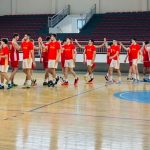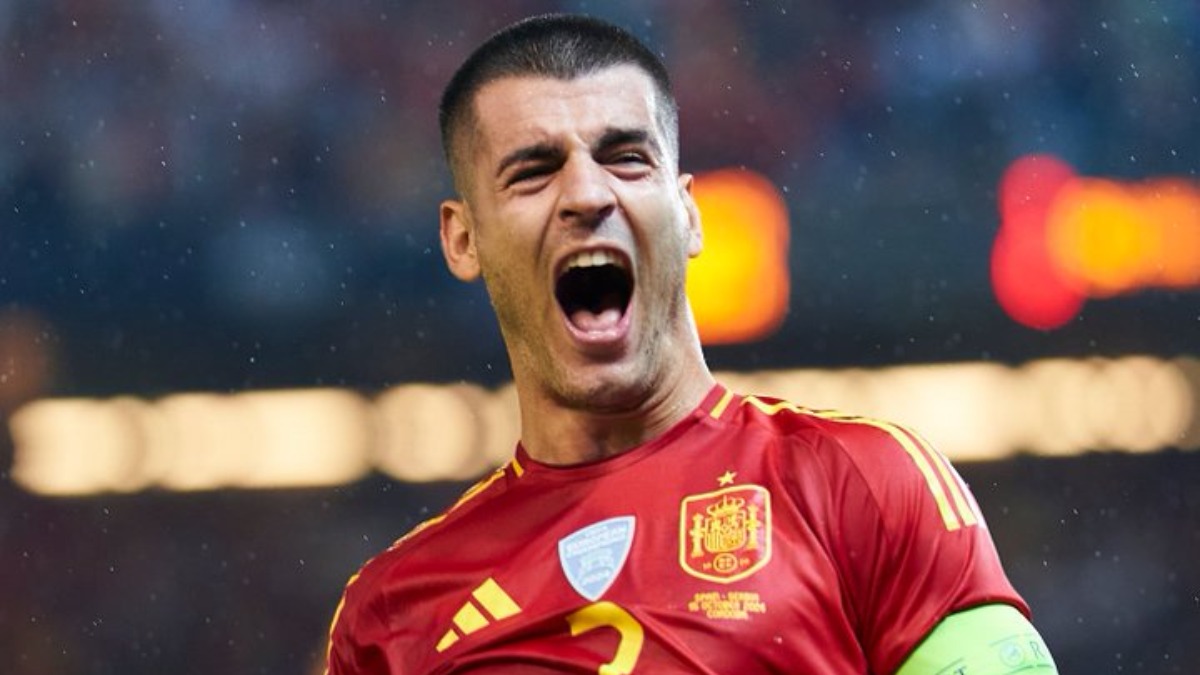PKK Symbolically Disarms in Northern Iraq – Is This the End of a 41-Year Conflict?
Is this the end of one of the longest conflicts in the region? The Kurdistan Workers’ Party (PKK), which has waged an armed insurgency against Turkey for decades, has symbolically laid down its weapons in northern Iraq. The ceremony took place in the mountains near Sulaymaniyah, in the semi-autonomous Kurdish region, marking the first concrete step towards disarmament within the peace process.
Erdogan’s Message: End of Terror and a New Beginning
Turkish President Recep Tayyip Erdogan expressed satisfaction with the event. During a speech in Ankara, Erdogan emphasized that the problems of Kurds in Iraq and Syria are also Turkey’s problems, and that energy will now be focused on development and stability rather than fighting terrorism. “Our mothers will no longer shed tears for their sons,” Erdogan declared, stressing that Turkey is now stronger and safer, as are its Kurdish and Arab neighbors.
40,000 Deaths and 41 Years of Conflict
Since 1984, the PKK has waged a guerrilla war for Kurdish rights in Turkey, resulting in conflicts that have claimed over 40,000 lives. Although the PKK is banned as a terrorist organization in Turkey, the EU, and the US, this disarmament move marks a significant shift. PKK leader Abdullah Öcalan, imprisoned since 1999, has called for an end to armed conflict and a transition to political dialogue.
Is This the End of the Conflict or Just a Pause?
While the disarmament ceremony is symbolic and important, experts warn that the conflicts are not over. Fighting in recent years has mostly shifted to the hard-to-access Kandil mountains in Iraq, where the PKK still maintains a presence. Additionally, relations between the PKK and the Kurdish autonomous government in Iraq are tense, complicating the situation further.
Thomas Schmidinger, an expert on Kurdish issues, points out that the PKK’s weapons are now outdated and no longer pose a serious threat to Turkey, especially with advances in military technology like drones. However, the question remains what the PKK fighters will do after disarmament – whether they will integrate into the political process, join other armed groups in Syria, or remain in Iraq under Kurdish administration.
Symbolism vs. Reality
The ceremony in Sulaymaniyah, where about 30 to 40 PKK fighters symbolically laid down and burned their weapons, has sparked mixed reactions. While Erdogan sees this as the beginning of lasting peace and security, many analysts believe this is just the first step in a long and complex process. The Turkish state has yet to officially respond to the PKK’s peace offer, and clashes continue, especially in northern Iraq.
What’s Next?
Will Turkey declare a general amnesty and allow fighters and their families to return? Will the conflict finally end or simply move to other territories? These are questions with no clear answers yet.
Conclusion
The symbolic disarmament of the PKK in northern Iraq is a historic moment but far from a final solution. Erdogan’s message of strengthening Turkey and the region sounds optimistic, but the reality on the ground remains complex and uncertain. A conflict lasting over four decades with more than 40,000 deaths cannot be resolved overnight.
Got thoughts on this historic moment? Think it’s just another pause in an endless conflict? Drop a comment below – let’s see who’s really ready for peace and who’s still playing the power game!
Slug: pkk-symbolically-disarms-northern-iraq-erdogan-end-terror






